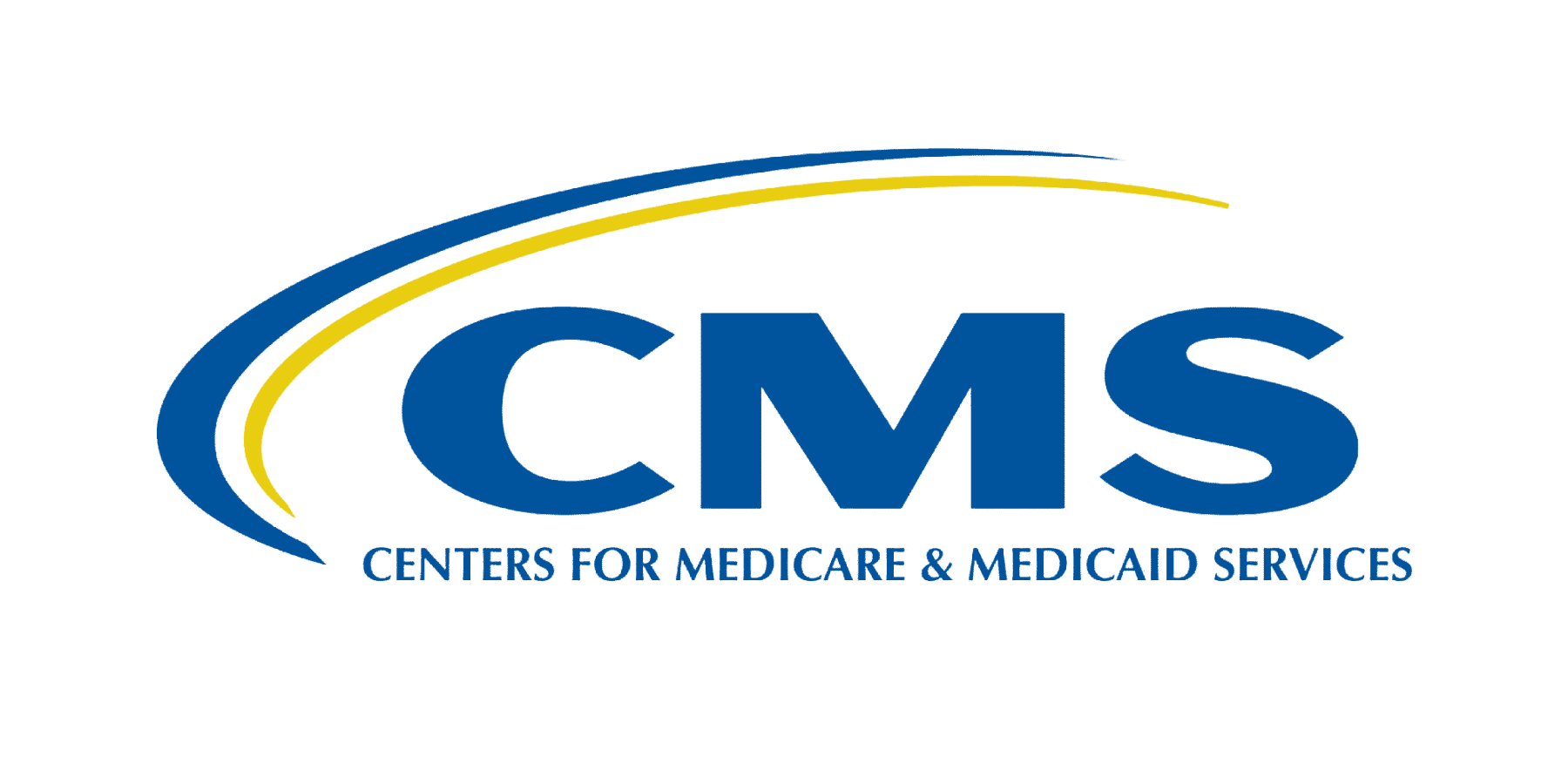As everyone knows by now, on October 1, 2015, entities covered by the Health Insurance Portability Accountability Act (HIPAA) had to start using ICD-10 codes for claims. Wound Centers use the ICD-10-CM code set. ICD-10-CM stands for the International Classification of Disease 10th Revision – Clinical Modification. This code set was developed by the Centers for Disease Control and Prevention (CDC) and the Centers for Medicare and Medicaid Services (CMS) for use in U.S. health care treatment settings. ICD-10 increased the number of diagnosis codes available to clinicians from 18,000 to 83,000 codes. This allowed a higher level of specificity in regard to anatomical location, laterality, and temporal factors. Each code must use the full number of characters required; however not all codes require 7 characters. A code using as few as the three characters is valid if the clinical concept cannot be further subdivided. The character “X” is used as a placeholder on some codes to allow for future expansion of ICD-10 codes. Currently, the 7th character is only used for injuries, external causes, and fractures.
In the field of wound care, no character in the ICD-10 framework has been more hotly debated than the 7th character. As noted above, injuries and their associated external causes are often encountered in the wound clinic setting and require the usage of 7th character value of A, D, or S. Confusion stems from the specific words chosen by the CDC and CMS coding committees, which were initial encounter, subsequent encounter, and sequela.
While “A” has been described in the code books as “initial encounter,” the ICD-10-CM Official Guidelines for Coding and Reporting FY 2016 state: “While the patient may be seen by a new or different provider over the course of treatment for an injury, assignment of the 7th character is based on whether the patient is undergoing active treatment and not whether the provider is seeing the patient for the first time.”
- The 7th character “A”, initial encounter, is used while the patient is receiving active treatment for the condition.
- Examples of active treatment are: surgical treatment, emergency department encounter, and evaluation and continuing treatment by the same or a different physician.
- 7th character “D”, subsequent encounter, is used for encounters after the patient has received active treatment of the condition and is receiving routine care for the condition during the healing or recovery phase.
- Examples of subsequent care are: cast change or removal, an x-ray to check healing status of fracture, removal of external or internal fixation device, medication adjustment, other aftercare and follow up visits following treatment of the injury or condition.”
Many wound care providers operate a Hospital Outpatient Department under the Provider Based Rules [§413.65]. In the advanced care setting of the HOPD, the burden of medical necessity dictates that practitioners are delivering care in the active phase of treatment. Local Coverage Determinations (LCDs), Local Medical Review Policies (LMRPs), and audits frequently refer Routine Care to the responsibility of the patient and family, declaring there to be no medical necessity for the patient to have been seen in the advanced care setting.
In other words, if the patient is not in active care, there is no justification to be seen in the HOPD. If they are being seen in the HOPD, then by definition, they are receiving active care. That means that in the HOPD, for injuries and external causes, the “A” value should be used for the 7th character to report for active treatment.





